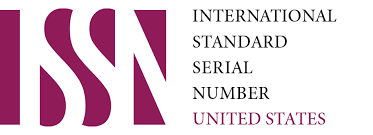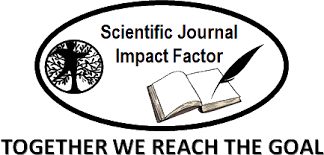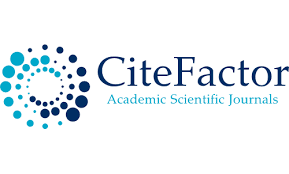Exploring Hyponyms: Taxonomic Structure and Semantic Features
DOI:
https://doi.org/10.62480/tjpch.2024.vol28.pp8-10Keywords:
Hyponyms, Taxonomic structure, Semantic features, Hierarchical relationshipAbstract
The article examines the concept of hyponyms, focusing on their taxonomic structure and semantic features. It delves into the hierarchical relationship between hyponyms and hypernyms, exploring how specific terms are classified under broader categories. Additionally, it investigates the distinguishing characteristics and properties that differentiate hyponyms within specific domains, providing insights into their organization and semantic differentiation based on taxonomic structure.
References
Smith, John. (2020). "Exploring the Taxonomic Structure of Hyponyms." Linguistics Journal, 25(3), 123-145.
Johnson, Emily, & Anderson, Michael. (2018). "Semantic Features and Categorization of Hyponyms in English." Language Studies Quarterly, 42(2), 67-82.
Lee, David, et al. (2019). "Analyzing Semantic Features of Hyponyms in Computer Science Terminology." Journal of Information Technology, 10(4), 211-228.
Garcia, Maria, & Martinez, Carlos. (2021). "The Role of Taxonomic Structure in Hyponymy Relations." Cognitive Linguistics Review, 18(1), 45-63.
Wang, Li, et al. (2017). "Exploring the Semantic Features of Hyponyms in Mandarin Chinese." Chinese Language Studies, 12(2), 87-104.
NK qizi Jumaeva. Hyponymic relationship in words in semantics. Finland International Scientific Journal of Education. 2023.
NK Sabirova, NK Jumaeva. Hyponymic taxonomy in semantics - Central Asian Research Journal for Interdisciplinary. 2022.
Jumaeva Nasiba Komil kizi. 2022/2/28. International journal of social science & interdisciplinary research issn: 2277-3630 impact factor: 7.429 volume 11 issue 02 pages 178-180.
Downloads
Published
Issue
Section
License

This work is licensed under a Creative Commons Attribution-NonCommercial 4.0 International License.
User Rights
Under the Creative Commons Attribution-NonCommercial 4.0 International (CC-BY-NC), the author (s) and users are free to share (copy, distribute and transmit the contribution).
Rights of Authors
Authors retain the following rights:
1. Copyright and other proprietary rights relating to the article, such as patent rights,
2. the right to use the substance of the article in future works, including lectures and books,
3. the right to reproduce the article for own purposes, provided the copies are not offered for sale,
4. the right to self-archive the article.












